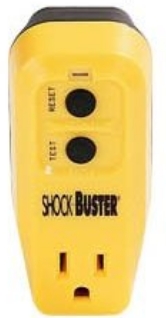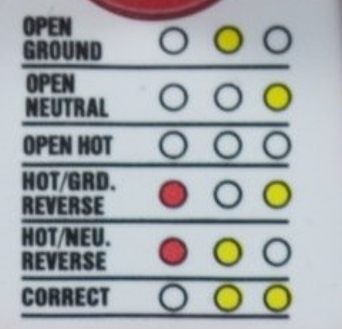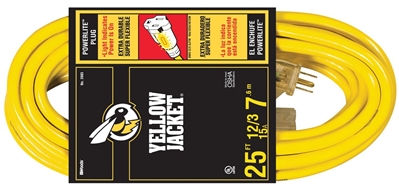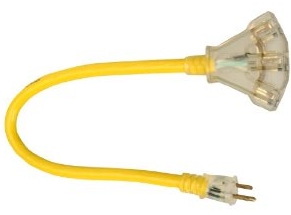In
More Stage Gear for Live Playing I ended the piece with a promise to discuss an often overlooked subject: electrical power. This is part 1 of a 2 part set of posts about electrical protection. This post will focus on how I deal with indoors power conditioning and surge protection requirements.
You need not have an electronic drum kit to be concerned with power. Many of us have home studios or practice spaces that are equipped with electronics, or, perhaps, we have chipped in to purchase out band's PA, which makes us part owners of gear that drummers traditionally do not own. Regardless, it's a safe bet that you own gear worth protecting.
For home use how much protection depends on a number of factors, such as geographic location, age of the building and electrical infrastructure, and even the value of the equipment to be protected.
I live in central Florida where thunderstorms are relatively frequent, and some of the competing power companies are better than others. That alone makes power protection a priority in my home studio and practice space. Since much of my more expensive gear is rackmounted I use Furman Merit series power conditioners. Before purchasing a pair of these I lost not only a powered mixer, but some consumer electronics and even a microwave oven! Since adding these (and some other conditioners that are not rackmounted, but had the same basic specs), I have not experienced any electronic equipment loses. Coincidence? Perhaps, but I researched Furman and a few other companies before buying and Furman came out top rated. The bottom line is I have confidence in them.
Front of one of my racks, showing the Furman power conditioner
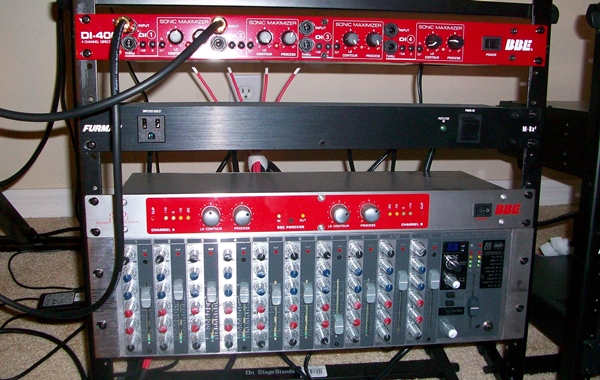
Close-up of the front of the Furman

The receptacle spacing on the back is well designed to take both wall warts and plugs. I would never fully populate the receptacles because I do not want to tax any single power outlet. If I were to add another of these to any rack I would make sure I split my power sources between two different circuits. That is just me being cautious. I have also never used the front receptacle on these racks - except to quickly test a piece of gear - because I prefer to have minimum cabling (power or signal) plugged into the front of my racks.


Keep in mind that the depth of these are shallow, so if you were to place deeper rack mounted gear like power amps on the top and bottom you may have a difficult time plugging or unplugging cords and wall warts.
I also use standalone surge protectors. My favorite model is the Tripp Lite TLM825SA
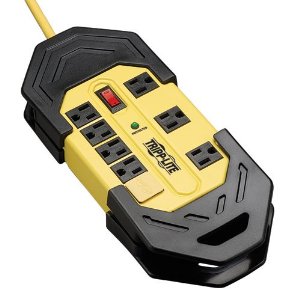
I use this both indoors and outdoors as a protected outlet for two keyboards and, sometimes, amps. One rule of thumb I use is to not overload protected power strips. The two keyboards I plug into this does not come close to overtaxing this device or power outlets into which I plug it, and for amps, this model also works well.
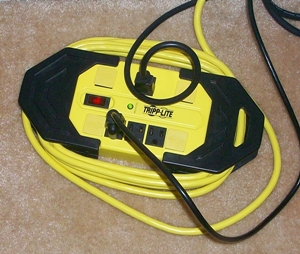
Some features I love include the 25 foot cord, which is heavy duty and is sufficiently long for any conceivable placement situation I will encounter. And because the cord is heavy gauge, and the housing is metal, this protected outlet is designed for rigorous use.
Tripp Lite's reputation for quality, reliability and safety is another reason I purchased this unit. I am a firm believer in safety and will not cut corners.
One final piece of gear that works for home studios, and venue stages (indoors and outdoors): Wiremold Company Brown 15Ft Cord Protector.
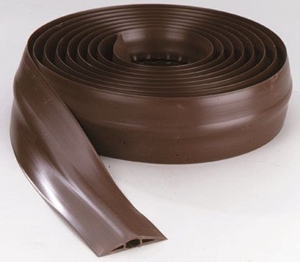
This will protect electrical (and other types of) cable, which will actually breakdown if repeatedly stepped on. It also removes a tripping hazard, improving stage safety. The half-inch opening will accommodate most electrical cable, up to heavy duty 12/3 (12 gauge, 3 wire).
In addition, it is great for protecting XLR cables, snake trunks and speaker cables. This molded protector can be cut down into shorter lengths to protect only exposed runs across a stage or studio. This makes it economical for situations where the main cable runs are along walls and do not need protection. It works well as a permanent solution for fixed stages and studio spaces, as well as a temporary solution for stage set-up indoors or outdoors. Most folks overlook this simple, effective piece of gear. It will save your cables and make your playing area a lot safer it you use it.
In my next post, I will continue with electrical equipment to provide protection (for gear and musician safety) for outside playing situations.

